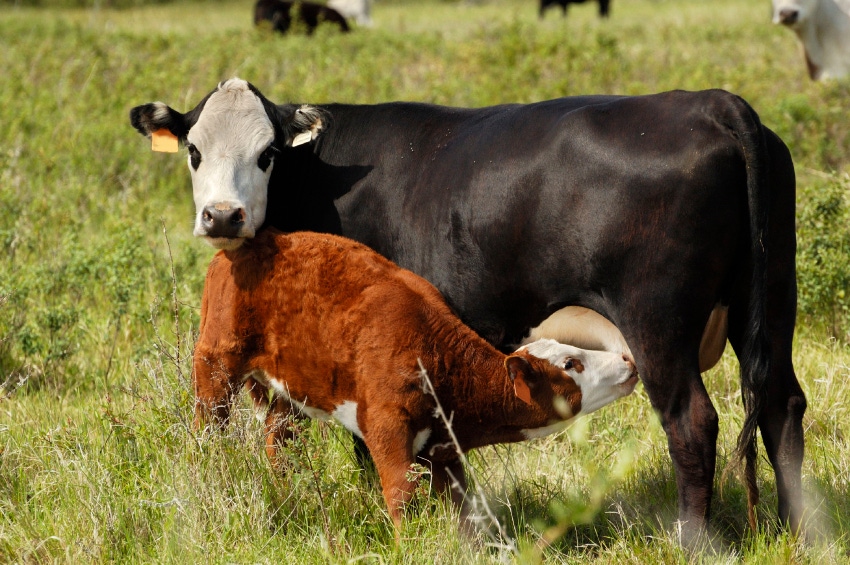While cattle feeders continue to struggle with losses, the next two years for cow-calf producers are expected to be memory makers.

While drought concerns linger and pockets around cattle country may struggle, this year and next are shaping up to be memory makers. In fact, “A lot of things are lining up for 2013 to be one of the best, if not the best, years,” for cow-calf producers in modern history, says Glynn Tonsor, Kansas State University ag economist.
Speaking on Tuesday in a webinar capping the year’s second quarter and co-sponsored by BEEF, Tonsor said sharply reduced cattle numbers and surprisingly strong demand both here and abroad lie at the heart of his outlook. Quoting estimates from the Livestock Marketing Information Center (LMIC) in Denver for returns over cash costs for a “typical” cow-calf producer, Tonsor said ranchers cleared around $80/cow last year. This year, cash returns are forecast to clear $200/cow and will hit $225-$230 in 2013.
“I’m well aware there are still pockets of the country where drought will maybe hold back the ability to expand,” he says, “but from a benchmarking standpoint, things are looking pretty good—2012 and 2013 are shaping up to be very good years for the typical cow-calf producer.”
However, the outlook is decidedly different for cattle feeders. Using an online fed cattle price calculator, available at www.naiber.com, Tonsor says placing cattle on feed this week with a projected October out date yields a loss of $126/head.
Combining estimates of a one-time capacity for U.S. feedyards of 17 million head, taking 148 days on feed as an average and factoring in the estimated supply, Tonsor estimates there may be as much as 19% overcapacity in bunk space, relative to the calf crop. That will change, eventually. Looking at USDA forecasts for 2021 – 10 years from now – the calf crop may grow by 5 million head.
If feedyard capacity stays the same and days on feed stay the same, neither of which he says is expected, 5 million more feeder cattle would about fill today’s bunk space. “Of course, the deeper question, if that’s a 10-year horizon, is whether the feedyard industry can hold out that long? Probably not. There will be pressure for some consolidation between now and then,” he says.
Turning his attention to more immediate concerns, he looked at the effects of both the BSE announcement and the lean finely textured beef (LFTB) debacle on cattlemen. While both consumer and market response was muted to last week’s announcement of the fourth confirmed case of BSE, the after-effects of the media-hyped LFTB episode may linger.
The closest example to the LFTB debacle is the 2009 media-induced H1N1 issue, he says. “There was a lot of media attention, both had catchy phrases the folks in the swine and beef industries probably didn’t appreciate, and both had industry experts saying there was no scientific basis for public concern. But in each case, it can be argued that public perception trumped the claim of no scientific basis.”
Based on the H1N1 episode, consumer concern over LFTB may linger for 3-6 months, he says. But he cautions that it’s important to realize that supply-side effects will probably have longer legs than the demand side.
That’s due to the extent to which imports will be influenced and whether or not ground beef containing LFTB will be labeled. Additional labeling, he says, will lead to additional production costs, which will have an impact beyond the short-term consumer response.
For additional cattle price forecasting and breakeven calculators, go to www.beefbasis.com or http://www.agmanager.info.
To access an archived version of the webinar, go to http://www.marketingandtechnology.com/repository/webinars/e22/postwebinar.html.
About the Author(s)
You May Also Like



